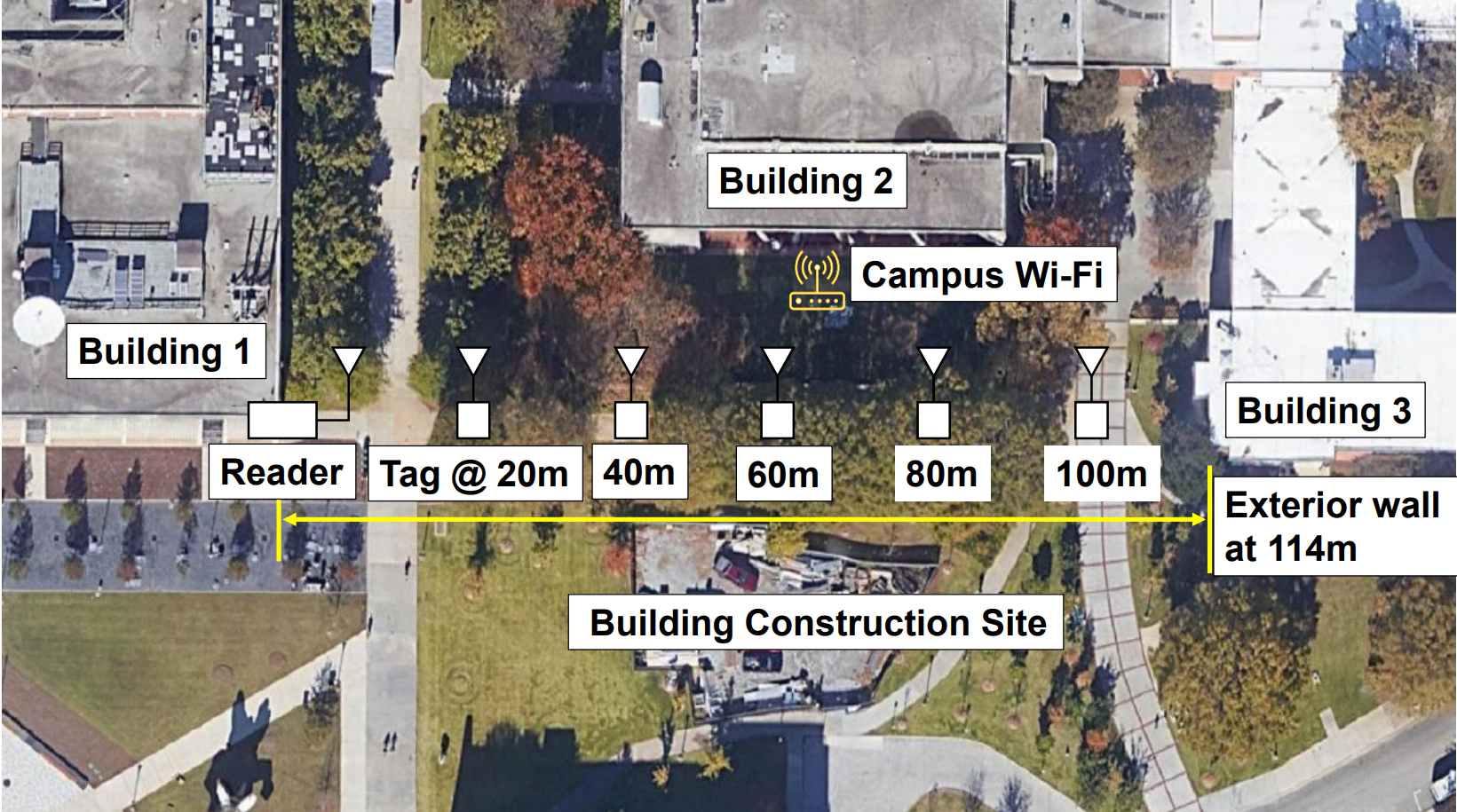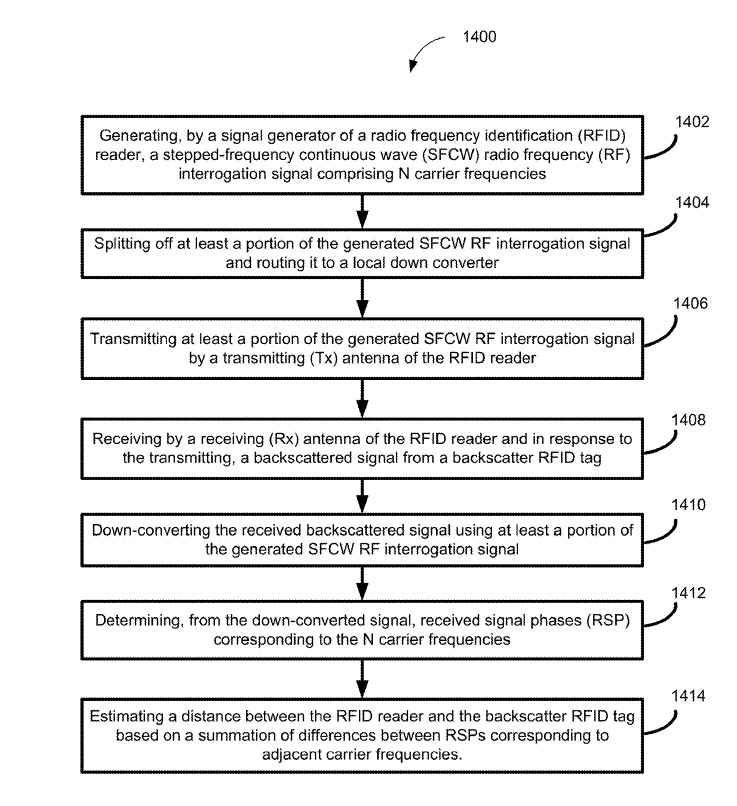Current radiolocation methods lack precision using standard positioning techniques
Radiolocation systems that can accurately orient people and objects are in high demand with the rapidly expanding Internet-of Things (IoT) and radio-frequency identification (RFID) industry. The precision of real-time positioning with standard technology is hindered by the multipath effect and fading, especially at the fringes of coverage. Frequency bandwidth, antenna gain, localization techniques, environmental factors, and the need for clear lines-of-sight (LOS) between tags and readers add to the challenges of accurately orienting beings and objects. A positioning system that is energy-efficient, long-range, low-cost, and low-error will enable new, versatile sensors for a greater variety of services and applications in next-generation wireless networks.
Radio positioning system pairs quantum tunneling tags (QTTs) with a proprietary reader for ultra-accurate localization
Georgia Tech’s quantum tunneling radio position (QTRP) system uses the backscattering properties of received signal phase (RSP)–based QTTs. The system can operate in non-line-of-sight (NLoS) as well as line-of-sight (LOS) conditions to achieve longer range communications in outdoor and indoor applications. The system leverages a proprietary frequency hopping reader that bounces between multiple frequency channels at the 5.8 GHz band and can estimate channel characteristics of the received signal with reduced multipath effect for positioning. These advantages can lead to added functionality in multiple applications not attainable with other RFID positioning methods.
- Affordable: QTTs are inexpensive, offering low-cost options for multiple positioning applications.Higher
- Accurate: The use of QTTs with RSP-based positioning techniques result in localization accuracy that is not achievable with standard methods.
- Longer Range: As a custom measurement system, the frequency-hopping reader supports real-time positioning without a clear LOS for longer range communications.
- Energy Efficient: This system offers longer battery life and greater energy efficiency through the use of QTTs, which have ultra-low power consumption.
- Precise positioning of humans, animals, vehicles, and objects without a clear LOS for application in:
- Traffic control
- Inventory control
- Rescue operations
- Security operations
- Contact tracing
- Physical therapy
- Athletics
- Drone delivery
- Virtual reality experiences
- Autonomous vehicle navigation
- Internet of Things
- Smartphones

Top view photograph illustrating an experimental arrangement for measuring distance to prove accurate ranging in a realistic environment at more than 100 meters.

Schematic example of an RFID reader interrogating and receiving a modulated signal from a QTT.

A flow chart of the method of radiolocation of the quantum tunneling radio position system.
